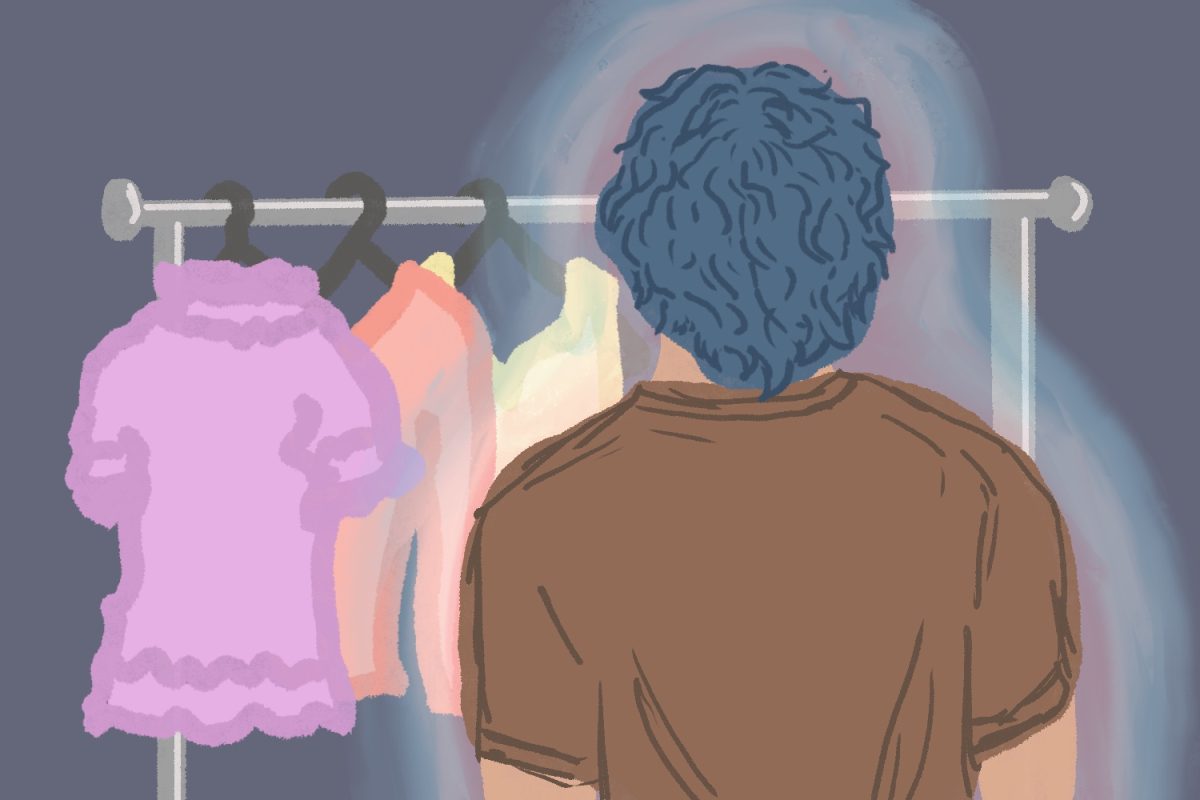WARNING: THIS ARTICLE CONTAINS SPOILERS FOR “THE CROWN.”
I’m going to be completely honest for a moment — I’ve never understood the appeal of the British royal family.
Maybe it’s the working-class New Englander in me, but I’m not much for pomp and circumstance, which seems to be all the modern royal family is. They shroud themselves in enough layers of mystery and finery to receive unwarranted attention from the media nearly 24/7.
Yet, I find myself endlessly fascinated by “The Crown,” a period drama about the life, family and reign of Queen Elizabeth II.
Created by “Frost/Nixon” screenwriter Peter Morgan, the Netflix series is critically acclaimed. The show, which has been running since 2016, is a three-time Golden Globe winner, 10-time Emmy winner and has a 91 percent rating on Rotten Tomatoes.

Not to mention, it’s currently No. 7 on Netflix’s daily Top 10.
It’s not just the expert writing, acting and producing that draws me to “The Crown” time and time again — although that is part of it. Given my general disdain for the subject matter, I’ve been left wondering how to explain my affection for this show.
The highly anticipated fourth season finally answered my question.
Season four of “The Crown” crossed the thin line between recent history and living memory, jumping from the ’70s to the ’80s and ’90s. This jump allowed the show to cover infamous events such as the premiership of Margaret Thatcher and the marriage of Prince Charles and Princess Diana.
I’m ashamed to say I finished all ten episodes of the season in two days. But it made me finally realize why I like the show so much: it portrays historically significant events from an unfamiliar perspective.
Of course, because this perspective belongs to an old-fashioned institution, it might contain elements of classism and conservatism that are problematic to modern audiences. I was concerned with how the show planned to handle Margaret Thatcher — a divisive political figure who worsened economic inequality for working-class Britons and still receives significant support among British conservatives and upper classes.
However, rather than framing Thatcher as a champion of the political right, the show emphasizes how she weakened the social fabric of the nation.
The series even rewrote the Queen’s infamous encounter with Michael Fagan, an unemployed British citizen who, in an act of protest, broke into Buckingham Palace to voice his grievances with the economy. “The Crown” uses this moment to criticize not only Thatcher’s policies, but also her personality.
While the show has received some criticism for that decision, it was a necessary and interesting choice. Interpretations like this one get to the very heart of why we consume historical media in the first place, whether that be through film, television or books.
Overall, the decision to portray Thatcher in this way was far from historically accurate.
While Thatcher’s policies as prime minister may have negatively impacted Britain, we have no reason to suspect Queen Elizabeth was vehemently against them, as “The Crown” portrays.
Likewise, Thatcher was far less cold and demeaning than her on-screen version. She enjoyed a healthy working relationship with the Queen, unlike the icy tension the show seems to revel in.
Nevertheless, it does give audiences something worth coming back for: an implicit criticism of a divisive figure who is often portrayed in painstakingly neutral terms.
That is why we watch shows like “The Crown” in the first place. It’s not to be educated about events as they actually happened, but rather, to see life breathed into that history and gain new perspectives on stories we thought we knew.





















































































































